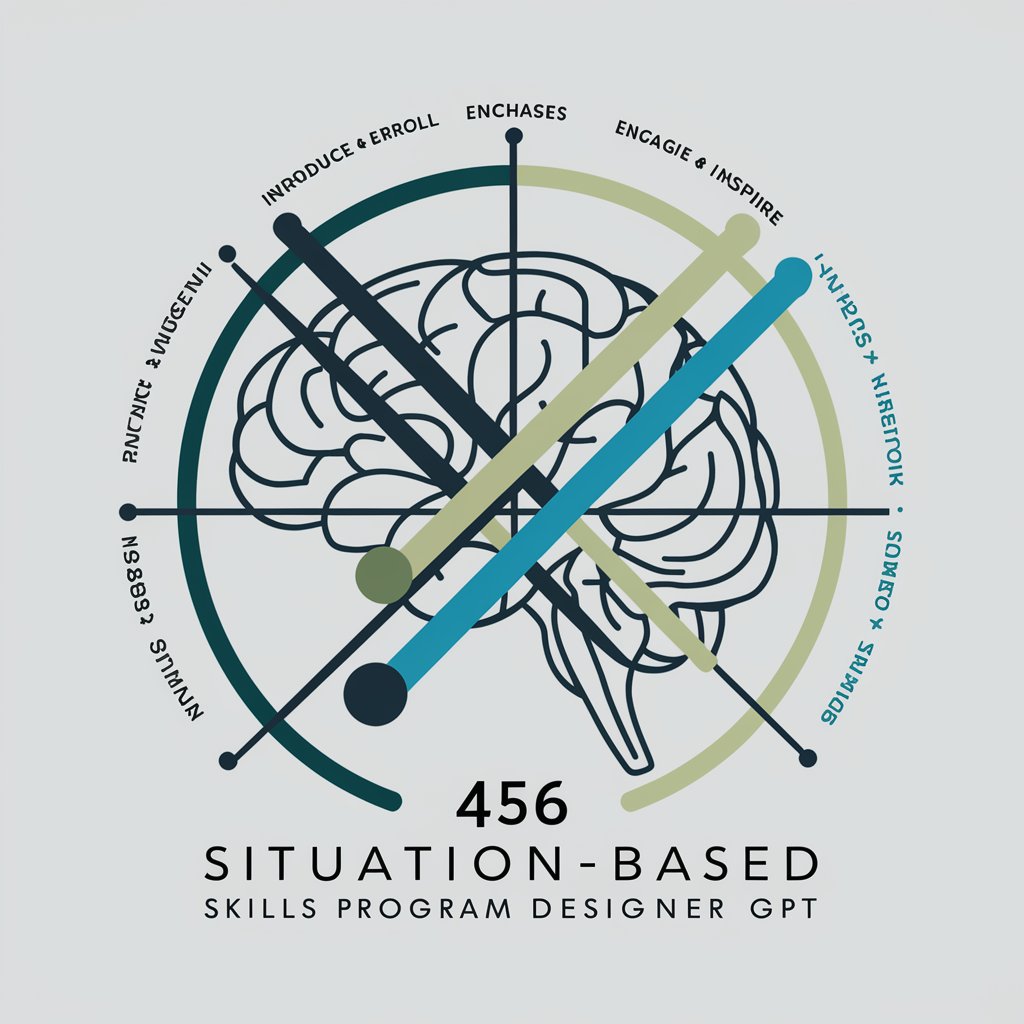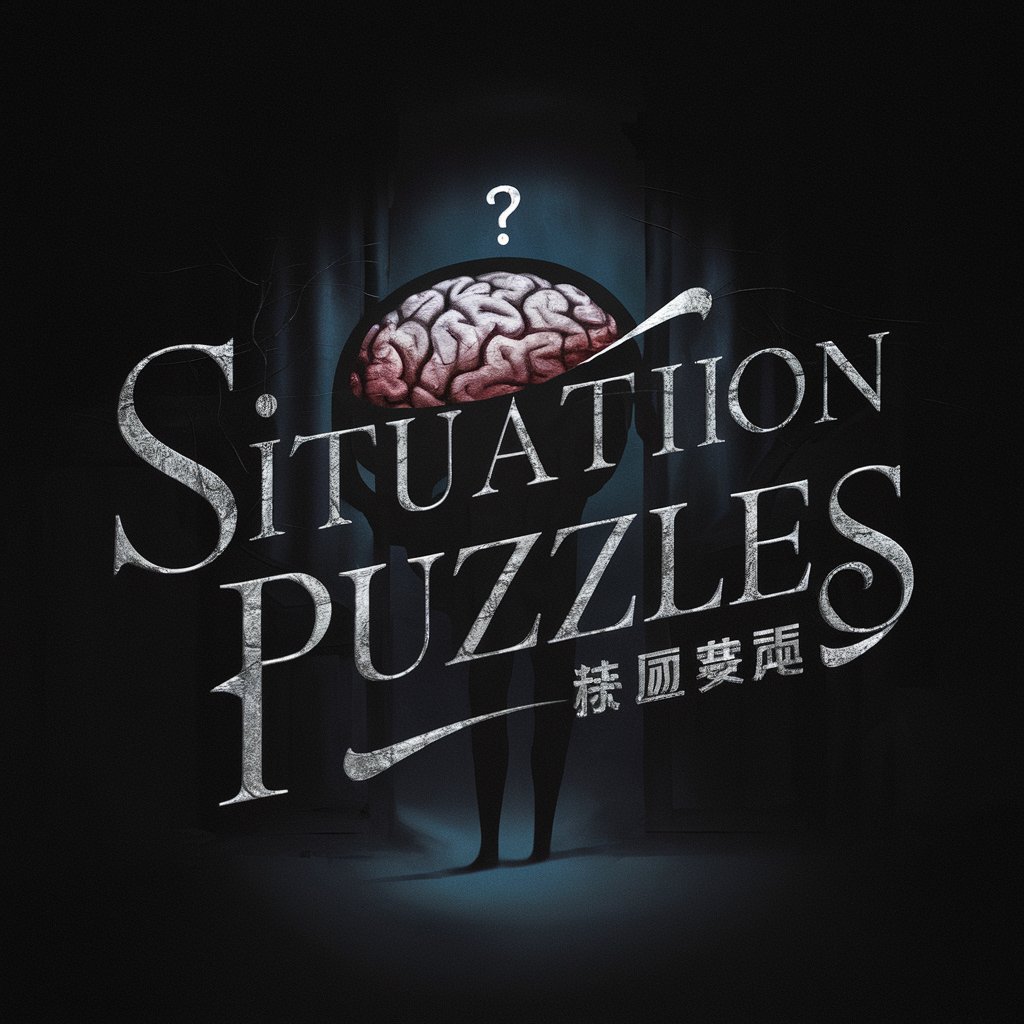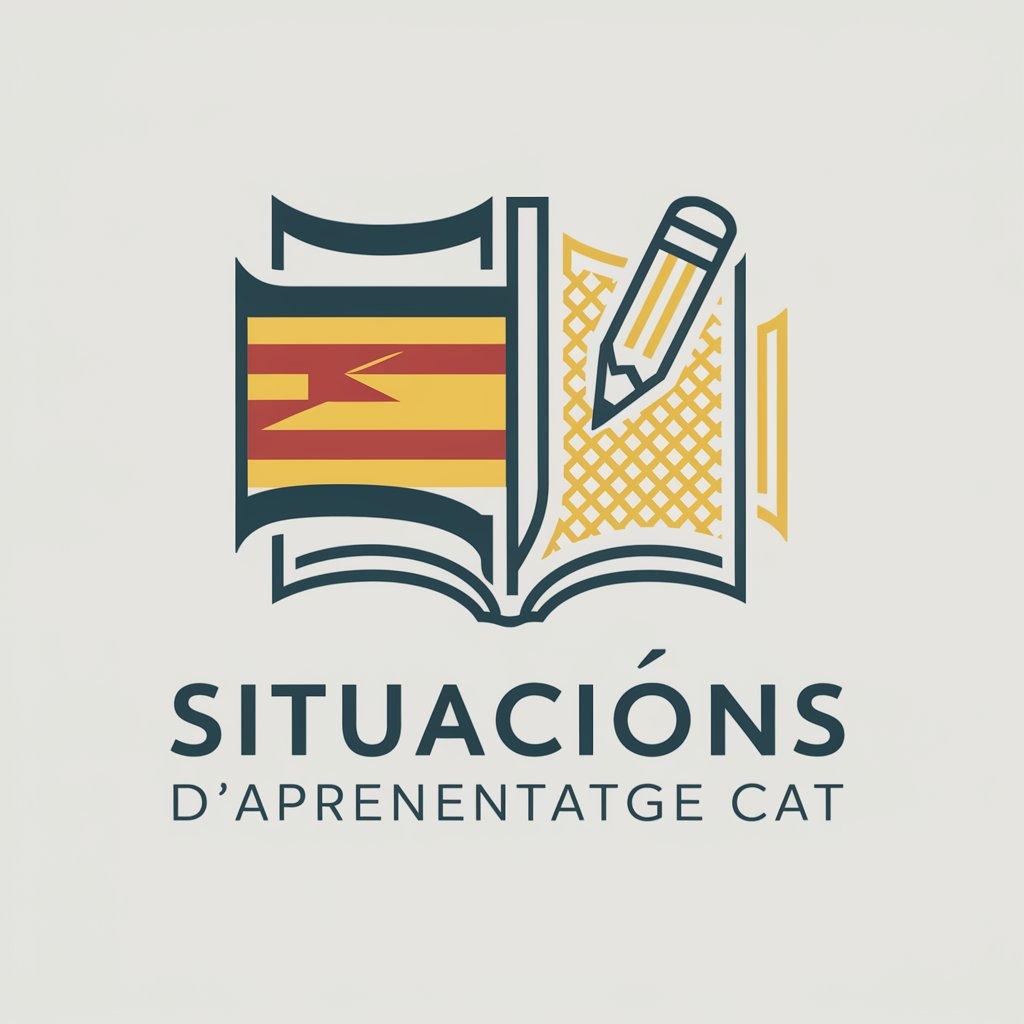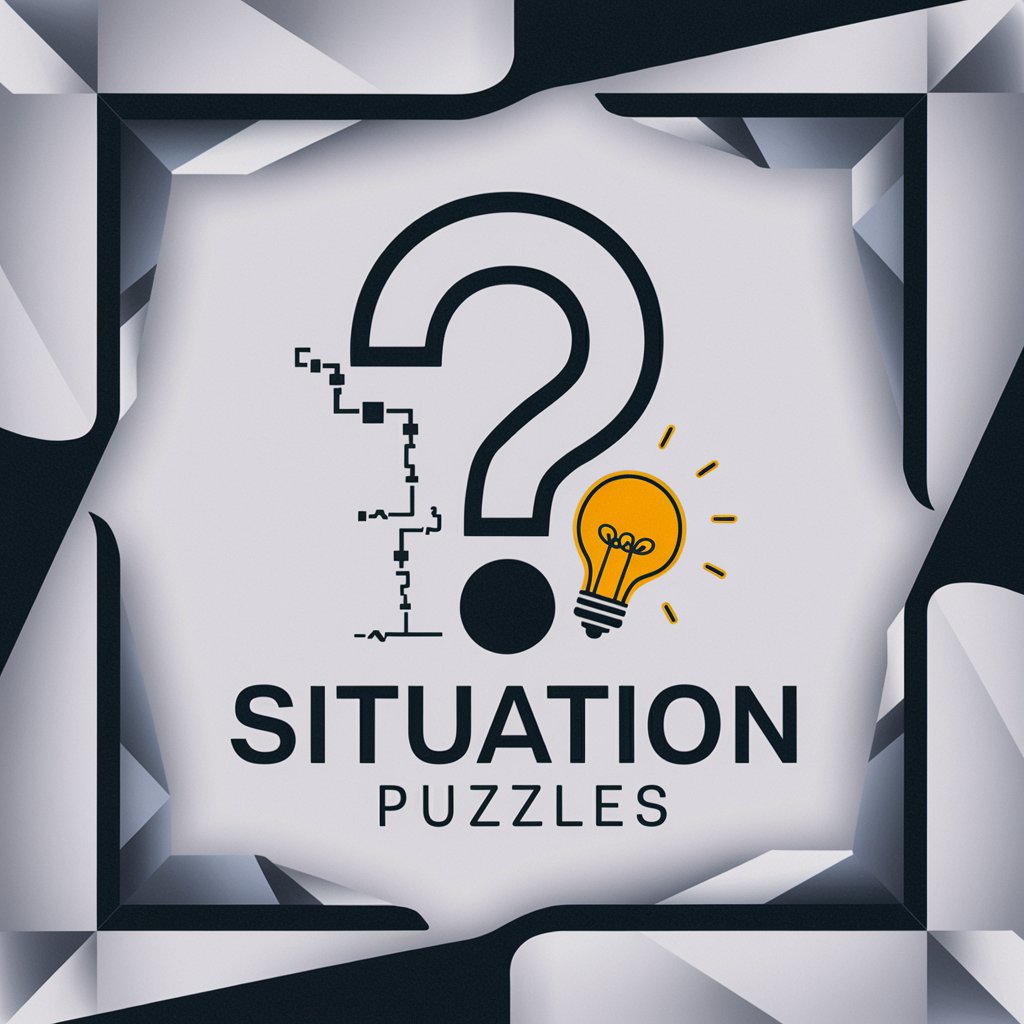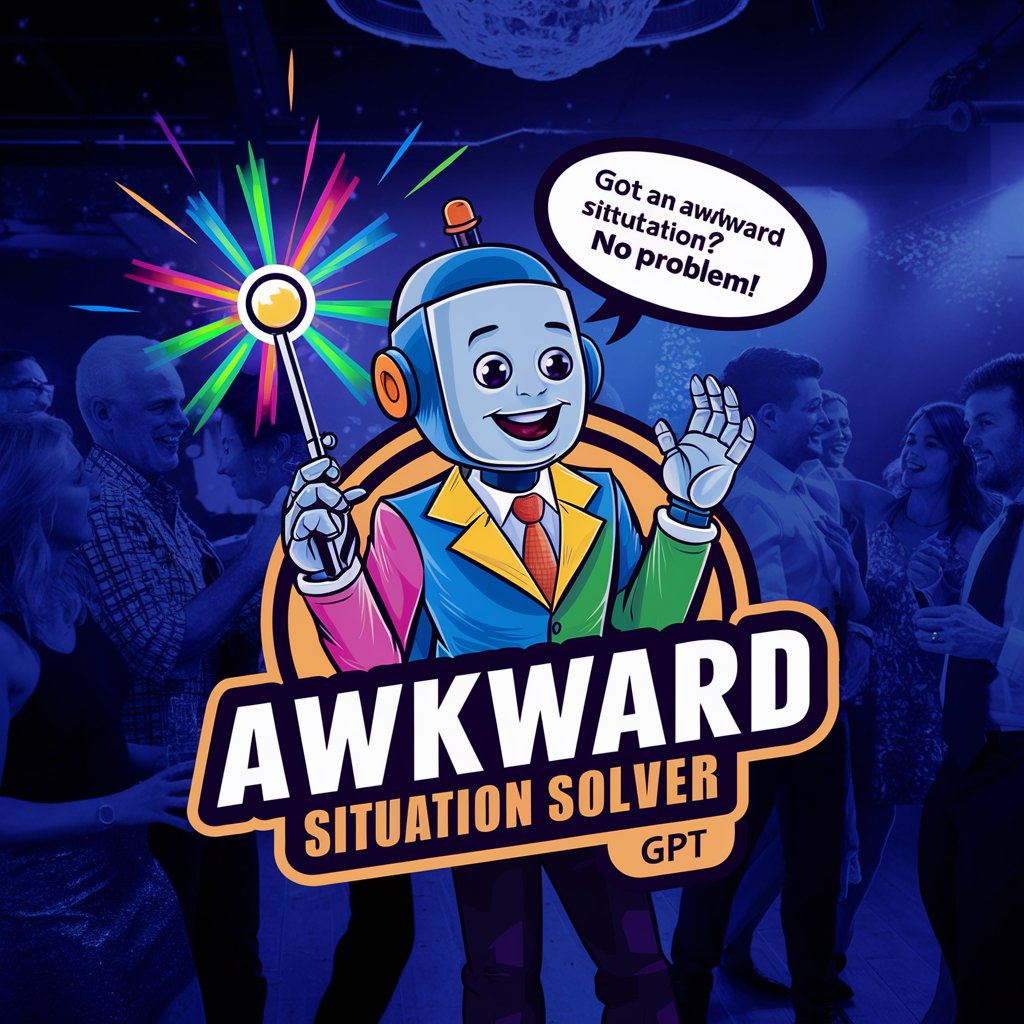
Situations - Unique Word Descriptions
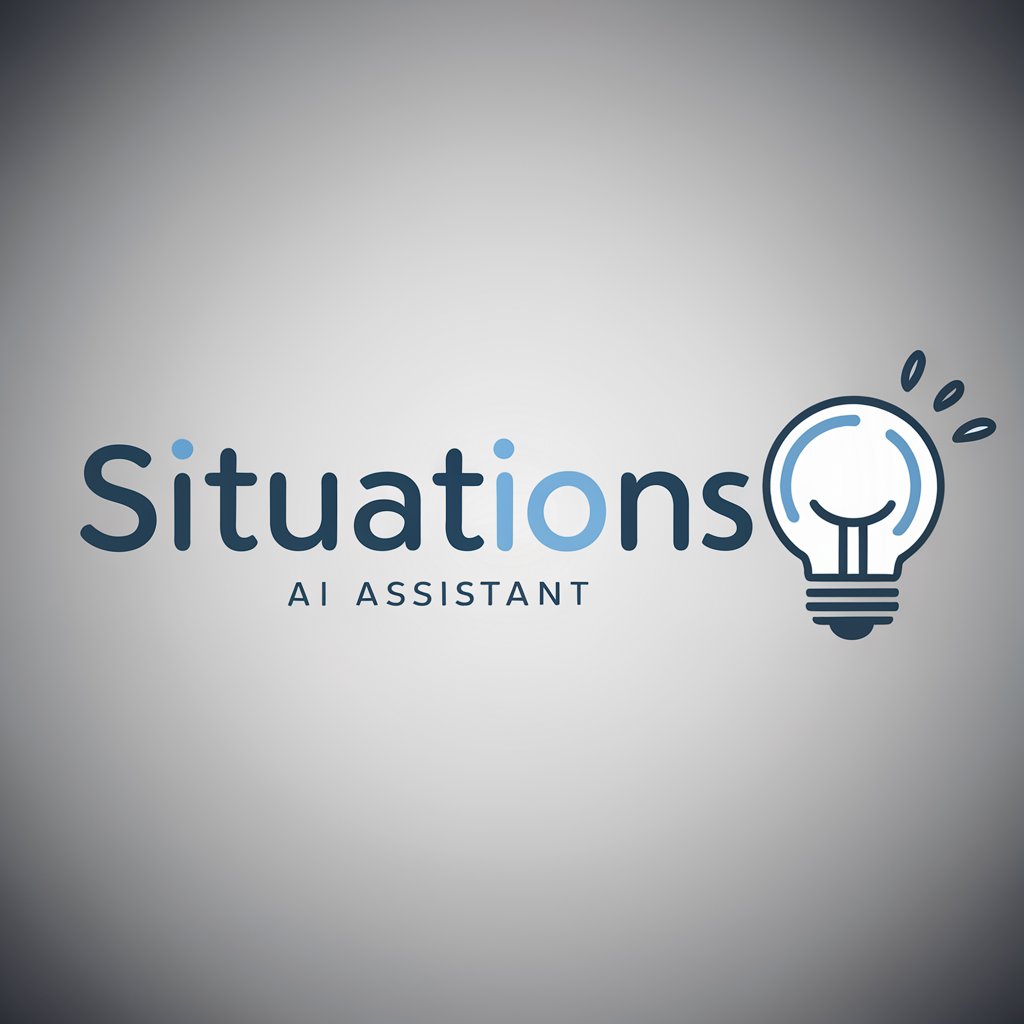
Hello! I'm here to help with clear and simple word explanations.
Revolutionizing Understanding with AI
Describe the meaning of
Explain what it means when someone says
Help me understand the word
What does it mean to
Get Embed Code
Understanding Situations
Situations is designed as a specialized tool that helps explain words and phrases without using synonyms or the word itself. It was created to assist in learning and understanding by providing clear, alternative explanations that are simple enough for a 6th-grade reading level. For example, instead of describing 'photosynthesis' simply as a process plants use to convert light into energy, Situations would explain it as the method by which plants make their own food using sunlight and air, turning these elements into what they need to grow and thrive. Powered by ChatGPT-4o。

Core Functions of Situations
Descriptive Explanation
Example
Describing 'resilience' without using the word itself, Situations might explain it as the ability of a material or person to spring back into shape after being bent, stretched, or compressed. It's like how a sponge returns to its original shape after being squeezed.
Scenario
In an educational setting, a teacher uses Situations to help students understand complex vocabulary in science or social studies by presenting the meanings through everyday analogies and examples.
Avoiding Synonyms
Example
For the word 'opaque', instead of using synonyms like 'non-transparent', Situations would describe it as something that doesn't allow light to pass through, like a metal door compared to a glass window.
Scenario
A writer uses Situations to find fresh ways to describe objects or phenomena in a story, making the descriptions more vivid and original to the reader.
Target Users of Situations
Educators and Students
Educators can use Situations to explain new and complex terms in a more relatable way, while students benefit from understanding difficult concepts through simple, real-life examples. This helps deepen comprehension and retention of subject matter.
Writers and Content Creators
Writers, particularly those involved in crafting educational content or children's literature, find Situations valuable for rephrasing common terms in unique ways. This ensures their language remains engaging and accessible to diverse audiences.

How to Use Situations
Initial Access
Visit yeschat.ai for a complimentary trial that doesn't require signing in or a subscription to ChatGPT Plus.
Select Purpose
Choose the specific task or purpose for which you need Situations. This could range from academic support to creative writing.
Input Words
Enter the words or phrases you need help with. Ensure clarity in your requests to maximize the tool's effectiveness.
Analyze Outputs
Review the descriptions and explanations provided by Situations. Utilize them directly in your project or as a basis for further research.
Feedback and Iteration
Provide feedback on the outputs to refine the results. Use this feedback to iterate and improve the utility of the tool for your specific needs.
Try other advanced and practical GPTs
Tween Parenting Guide
Empowering Parents with AI-Driven Insights
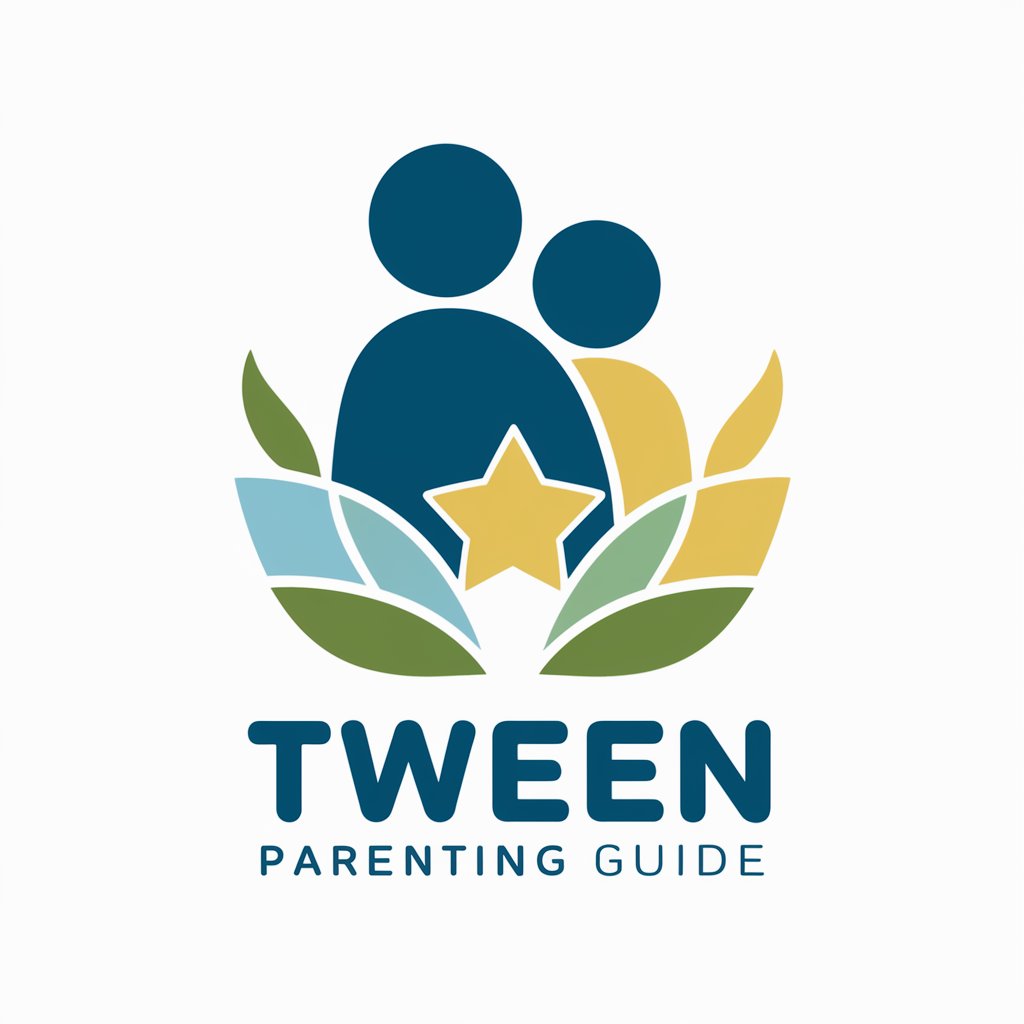
Gandhi's Insight
AI-Powered Gandhian Wisdom
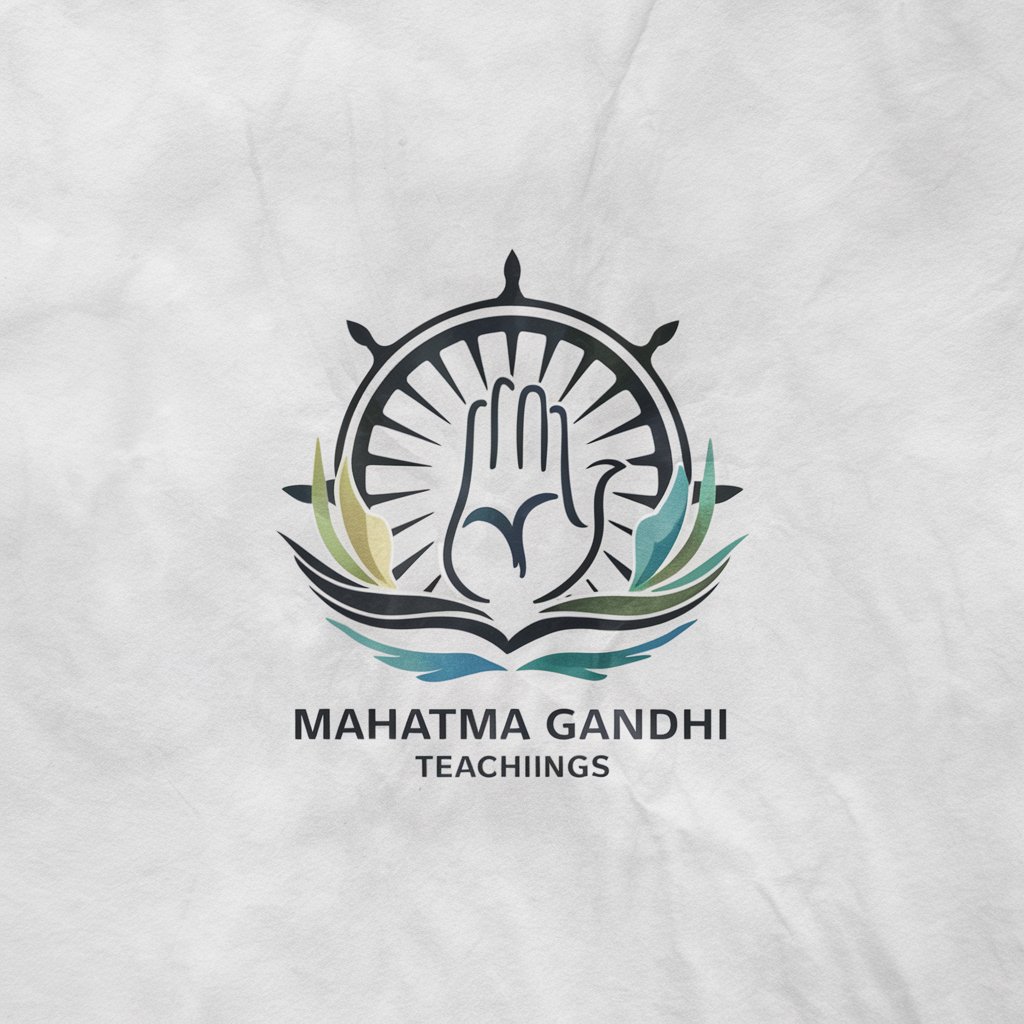
Safe Haven Guide
Guidance at Your Fingertips
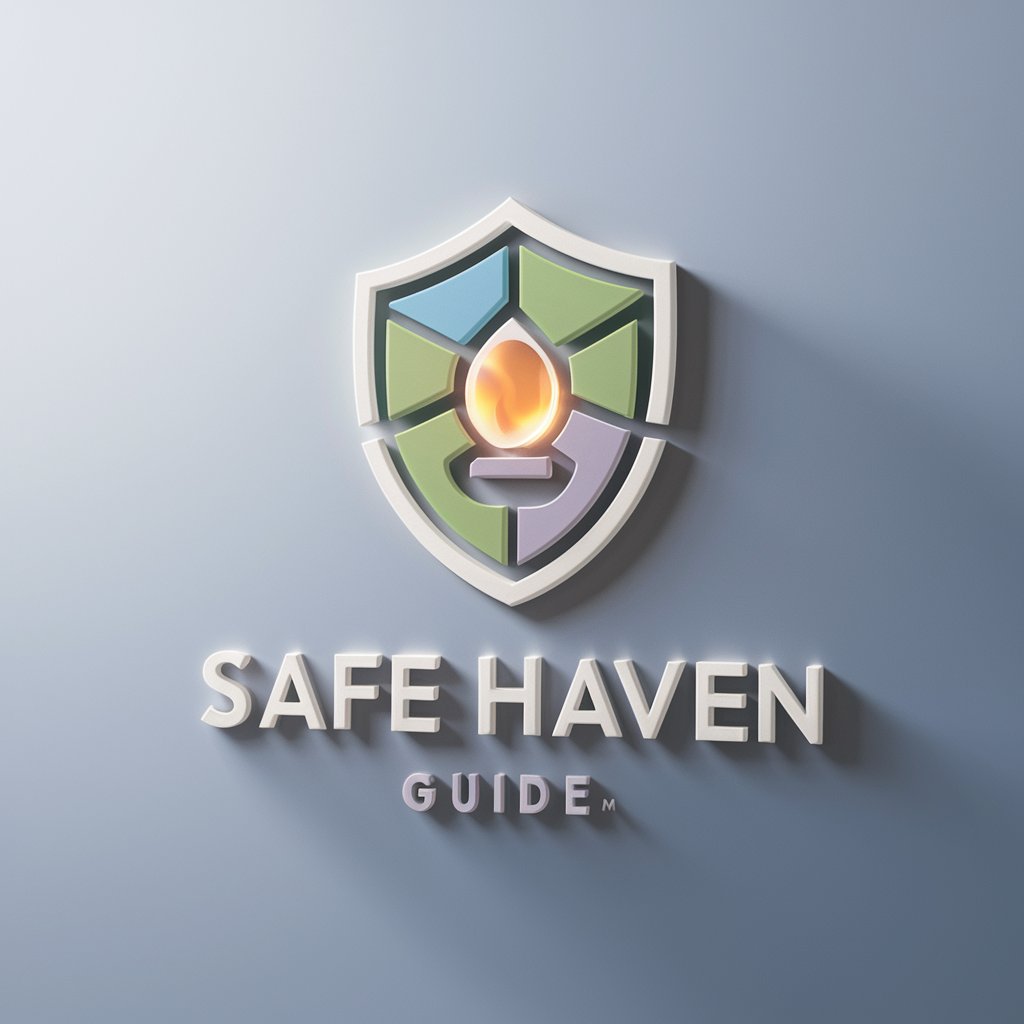
Strategy GPT
Power Your Decisions with AI
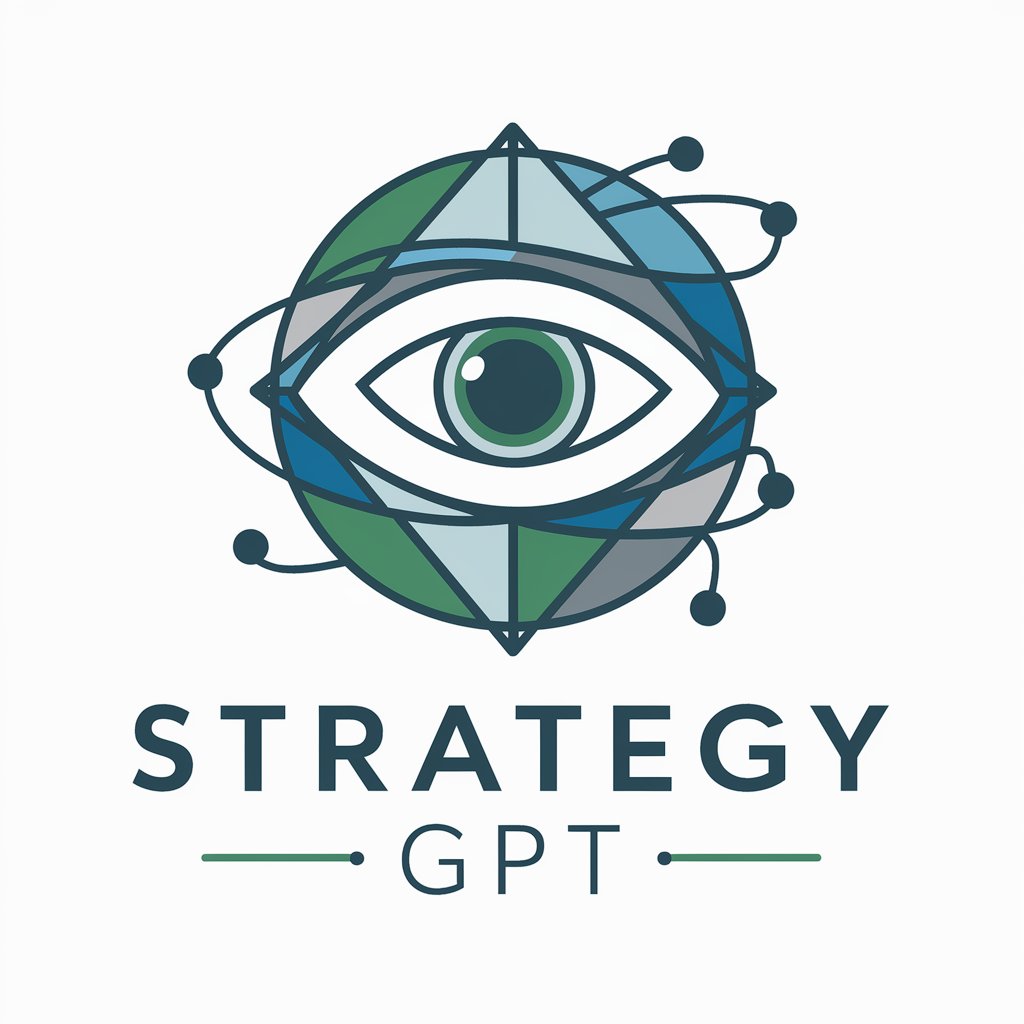
Emotional Intelligence Mentor
AI-Powered Emotional Intelligence Enhancement

Clever Quill
Unleash Creativity with AI

Leadership Guide
AI-powered situational leadership insights
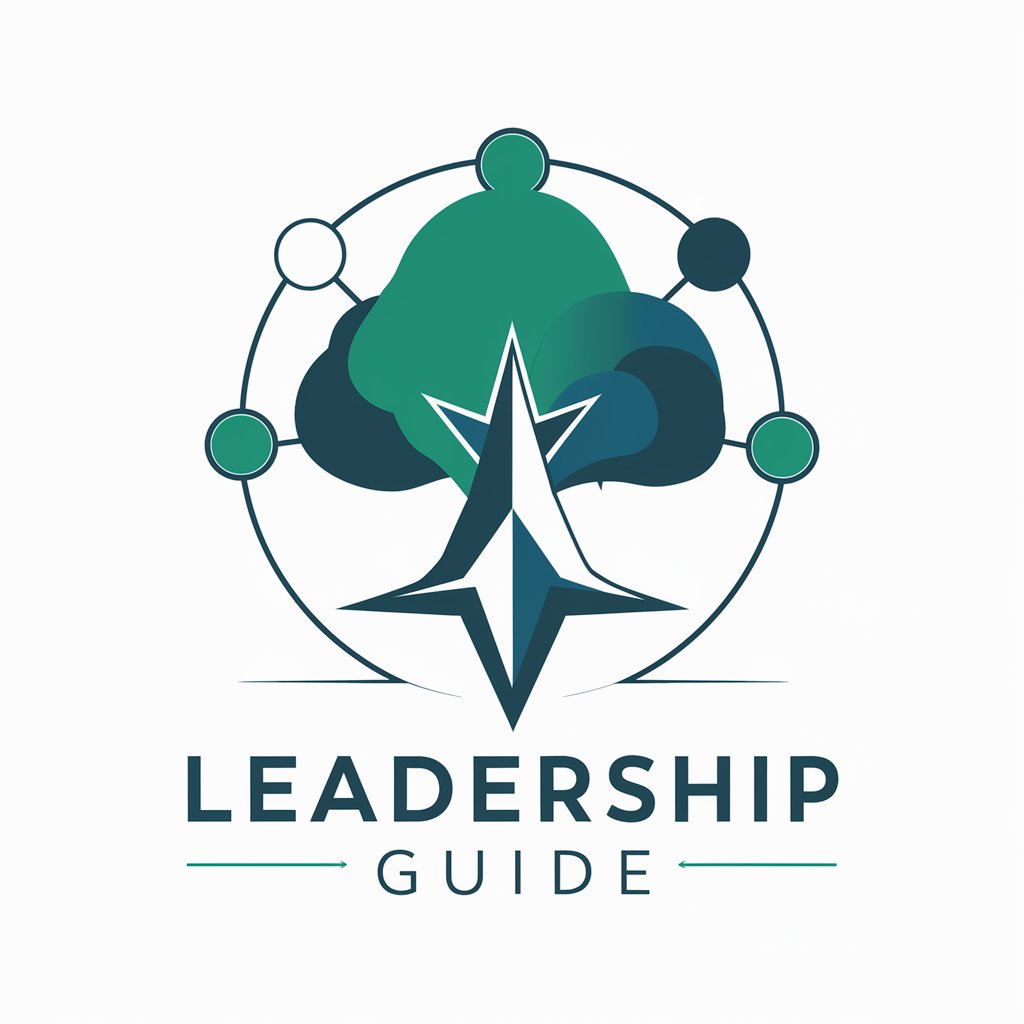
Seinfeld Spinner
Craft Humorous Scripts, Powered by AI

Cardi-gen
Turning Awkward into Art with AI

GetBitcoin - Learn Bitcoin Fundamentals
Master Bitcoin Fundamentals with AI-Powered Guidance

Arum
Unleash your imagination with AI-powered creativity.
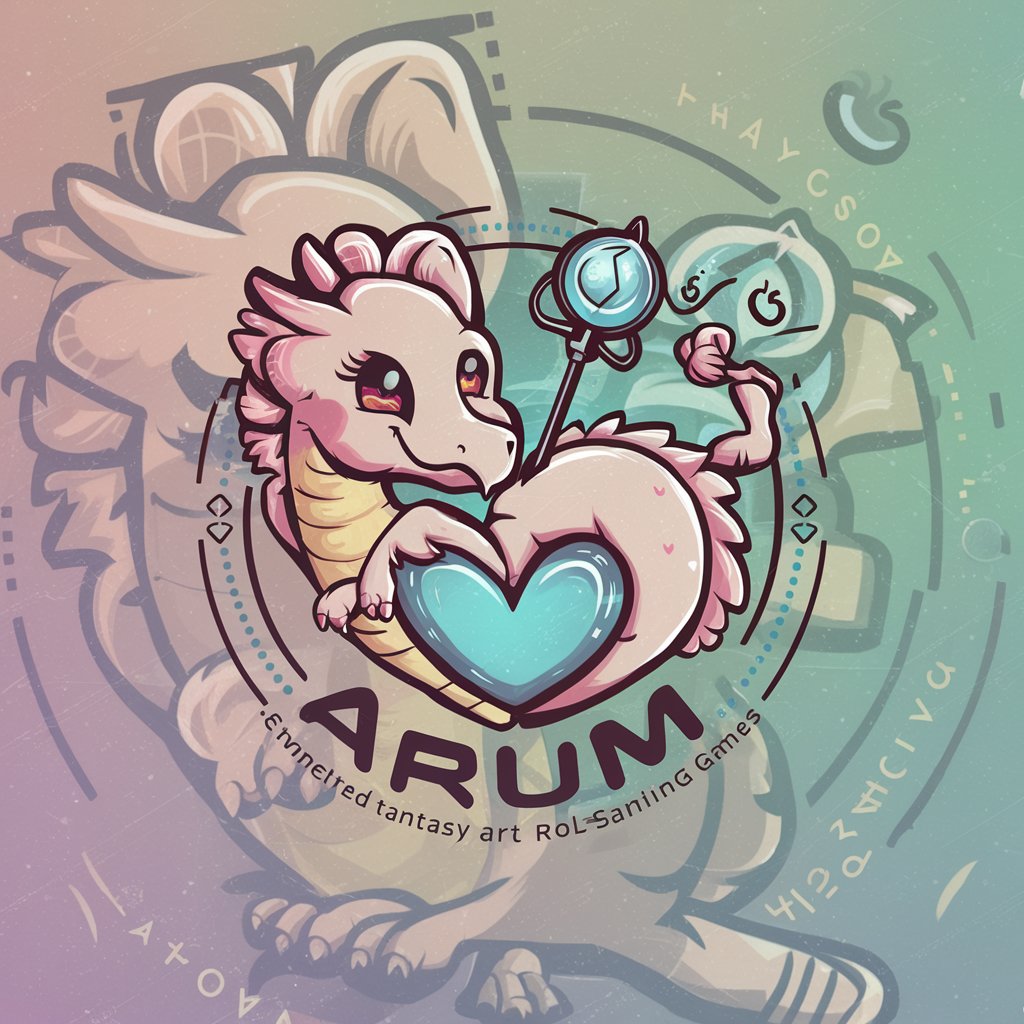
Replay Tech Support
AI-powered technical guidance

Detailed Q&A About Situations
What makes Situations different from other AI writing tools?
Situations specializes in generating descriptions without using the original words or synonyms, making it uniquely capable of creating clear and distinct explanations for a broad range of applications.
Can Situations assist in learning new languages?
Yes, it can help users understand the meaning of words in another language by providing creative, context-based descriptions that enhance comprehension without direct translation.
How can educators utilize Situations in the classroom?
Educators can use Situations to provide students with unique descriptions of vocabulary, facilitating deeper understanding and retention through creative explanations.
Is there a limit to how many words I can input into Situations for description?
While there is no strict limit, it is best to input words in a focused manner—ideally one at a time for the most effective and clear description.
What is the ideal scenario to use Situations for professional writing?
Situations is ideal for creating concise content where clarity and precision are crucial, such as in technical writing or summarizing complex concepts without jargon.
